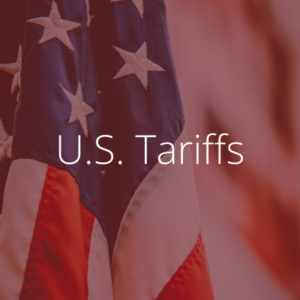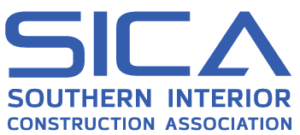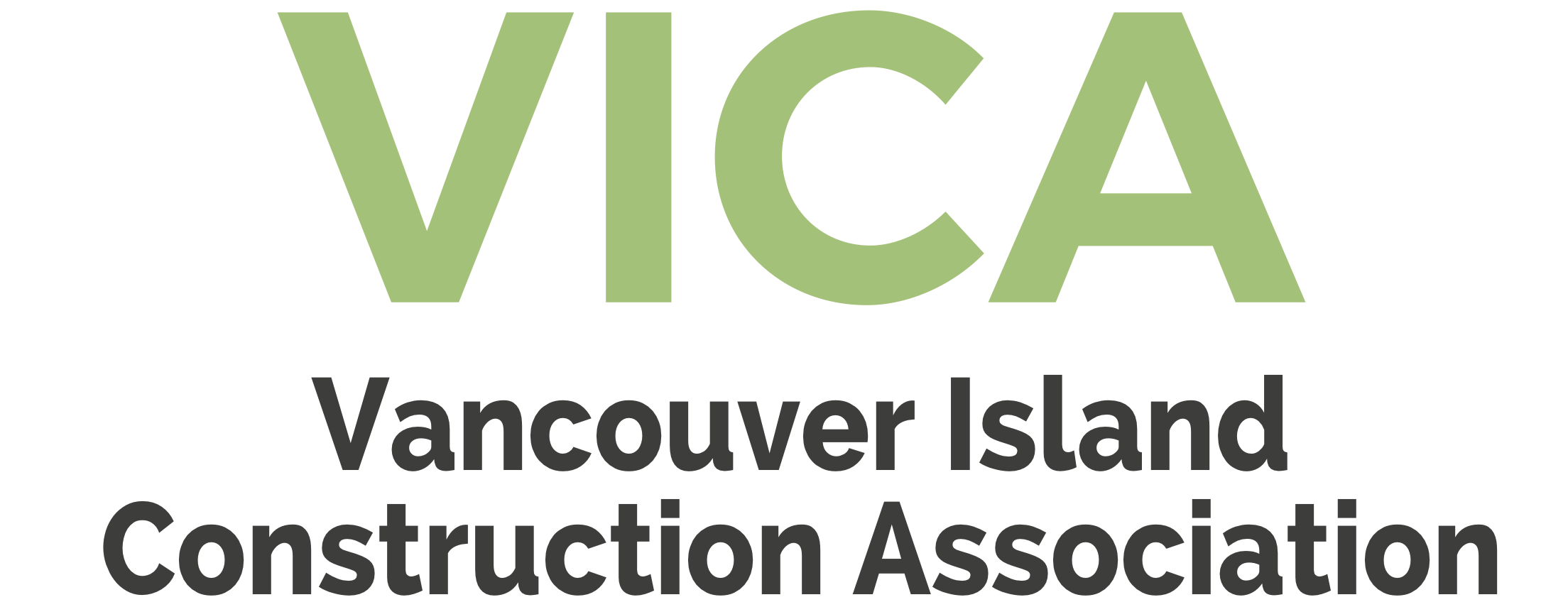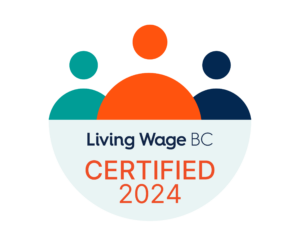Construction File:
Bid Evaluation in an Uncertain Tariff Environment
The below are BCCA’s answers to remaining questions to the Owners Only webinar on March 31, 2025. Owners are reminded to review their contracts and any supplementary conditions as those govern and may be different from base standard contracts, to which the below references. These are just our opinions and do not constitute legal advice.
The following Construction File is part of a series developed by BCCA in response to real questions submitted by public sector owners during the March 31, 2025 Owners Only session. The questions have been grouped by theme and answered based on consultation with BCCA’s Board of Directors and Industry Practices Committee.
These responses reflect BCCA’s views and industry insight as of April 2025. They are intended to support fair, informed decision-making by public sector owners and to encourage collaboration with general and trade contractors. They do not constitute legal advice. Owners are reminded to review their contracts and any supplementary conditions as those govern and may be different from base CCDC standard form contracts, to which the below references.
Download the PDF version here.
Question: Given the uncertainty around whether tariffs will apply at the time equipment is ordered, and the potential for price reductions if they are removed, how should owners assess bids to account for tariff impacts? Asking for lump sum pricing with post-award adjustments and no transparency is not ideal, but requesting country-of-origin details has been described as too onerous — is there a balanced approach?
This is a timely and important question, and we appreciate the desire for a balanced approach. While we understand owners want immediate insight into potential cost impacts, especially with the current uncertainty, asking for tariff-specific pricing and/or country-of-origin during bidding is not supported by BCCA because it is impossible in any kind of accurate or usable manner.
In the response below, we explain why this level of detail is not practical at this time, refer to CCDC 23 guidance on bid form supplements, and provide alternative approaches owners may consider to ensure pricing remains fair and transparent while maintaining bid integrity.
—
It’s important to appreciate that this level of data—breaking down the country of origin or tariff impact on each system or piece of equipment, each with many components that may or may not be impacted by tariffs —has never been required before. Our industry and its suppliers have not had a reason to track or report this information, and there is currently no system or standard practice in place to collect it. That appears to be the case for all industries in Canada. We are all in a brave new world.
Given this new reality, perhaps each industry in time, including the construction supply chain, will adapt to evolving trade realities and gather information like this as a matter of routine. But right now, it is simply not feasible to request this kind of data.
—
Further, we refer you to CCDC 23 – 2018 “A Guide to Calling Bids and Awarding Construction Contracts.” They state in section “5.6 Bid Form Supplements”:
- “The use of Bid form supplements should be minimized to the extent possible. Where this information will not be used in evaluating the Bids, or where it can be readily obtained from a Bidder after Bid closing or after contract award, it should be eliminated from the Bid submission process.
- The bidding process is complex and time consuming under the best of circumstances. Requesting additional information in the form of Bid form supplements increases the complexity. It can be difficult and onerous for Bidders to accurately prepare extensive additional information just prior to Bid closing. This is when most Subcontractor and Supplier prices are received and Bidders are under very strict time constraints.”
If your organization does not have a copy of CCDC 23, it’s a worthwhile investment.
- Options:
In the case of Construction Management (CM) projects, our Industry Practices Committee has indicated that there is time after trade tender closing to have meaningful conversations with trade contractors about origin, substitutions, and tariff implications. These discussions are NOT an opportunity to bid shop. - For stipulated sum bids from a general contractor, where a general contractor is bidding directly to an owner, those discussions are best reserved for post-award, once the contract is in place. At an absolute minimum, compiling detailed country-of-origin information would take several days – potentially far longer – and that’s assuming suppliers have the information readily available, which isn’t always the case.
Best Approach for right now: clear contract provisions allowing for adjustment and specifying how adjustment will be assessed by way of documentation. That is transparent.
- The best approach right now, which will no doubt change as all industries adapt, is to tender based on current pricing, with clear contract provisions allowing for adjustment and, most important, specifying how adjustment will be assessed by way of documentation.
- That way, pricing remains transparent, bids are comparable, and owners retain the ability to scrutinize should tariff policies shift during the course of the project, while setting the rules for expected documentation.
Owners are, of course, free to request as much detail as they like—but overly onerous bid processes and submission requirements can result in incomplete bids, reduced competition, risk money added to bids, or no bids at all. That impact extends beyond general contractors and extends down the entire supply chain to trades and suppliers, who may simply decide it’s not worth the effort or risk to bid on your project.
—Background—
It’s important to recognize that contractors – including both general and trade contractors – are submitting based on a defined basket of goods and services outlined in the procurement documents. The simplest and most effective way to ensure fair and comparable bids (“apples to apples”) is for the owner to clearly define that basket in advance, so all bidders are pricing the same scope under the same assumptions.
That said, assembling that basket is time-consuming and complex. For both general and trade contractors, preparing a bid involves coordinating multiple scopes, suppliers, and risk considerations and it’s not just about plugging in numbers, these are moving parts that take significant time and effort to align. It is hard for anyone who is not a construction estimator to grasp just how much coordination goes into putting together a single number on a bid form, which is made up of hundreds of other numbers. And those numbers are flying in minutes, maybe hours, before submission to the owner.









